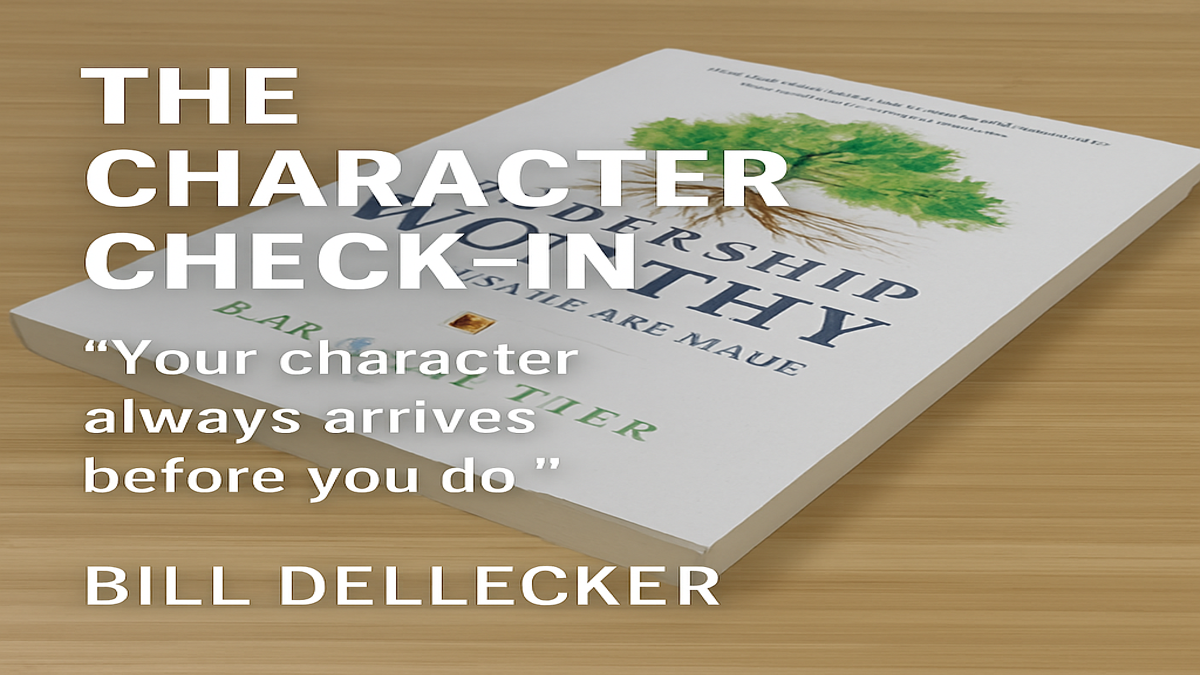Leading: People First
As a leader, the most important skills to master all involve people. If you’re an “Army of one,” you only have yourself to lead and that can be challenging enough! But the moment you hire someone else to join your company or your team, you’ve just raised the stakes massively. I’ve seen too many hiring decisions made “on the fly”—based upon gut feelings coupled with an urgent need for more workers.
If a hiring decision goes wrong, the costs don’t end with that person’s departure. The damage done to a business and key relationships can have a very long tail. Yet a busy business owner or manager may spend far more time comparing features and benefits of that new landscape truck or zero-turn mower than he spends in recruiting,
evaluating, hiring, on-boarding and developing team members. An effective leader understands that his or her time investment should be the other way around.
There are two levels to leadership decision-making when hiring people:
- First come the personal qualities a successful candidate must possess. Think of these as “values in action” and clearly define them for every role.
- Next are the core competencies and skills the position requires for accomplishing the work. Unfortunately, hiring managers often consider only skill level when making a hiring decisions because skills are top of mind relating to the work that must get done.
Once hired, how an employment relationship starts out directly influences how it progresses, or doesn’t. Effective leaders take time to assure new team members receive the information and resources they need for a fast and effective start. They also lay a foundation for mentoring, training and development over time. Good people will join a company for a job, but they will stay for opportunity. Cultivate people and they will grow.
When a team is built the right way, people who strengthen the business surround the leader. Look for people who are both different and complementary—not for clones of yourself. There is strength in diversity, which in turn creates a vibrant culture.
The people you choose to associate with beyond the workplace also have a powerful effect. Eventually, you become like the company you keep. When a leader gets people decisions right, success becomes possible. People first.






